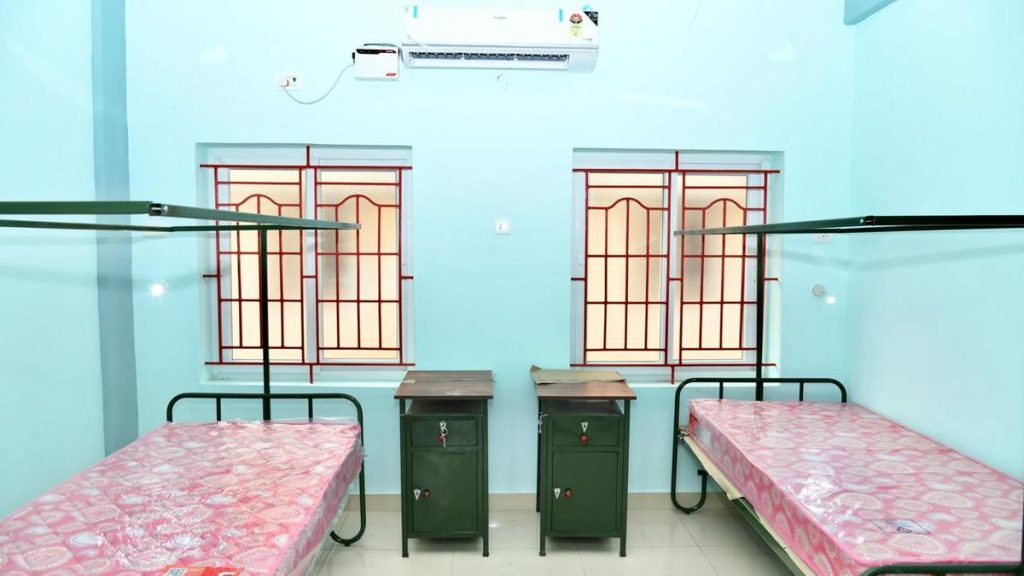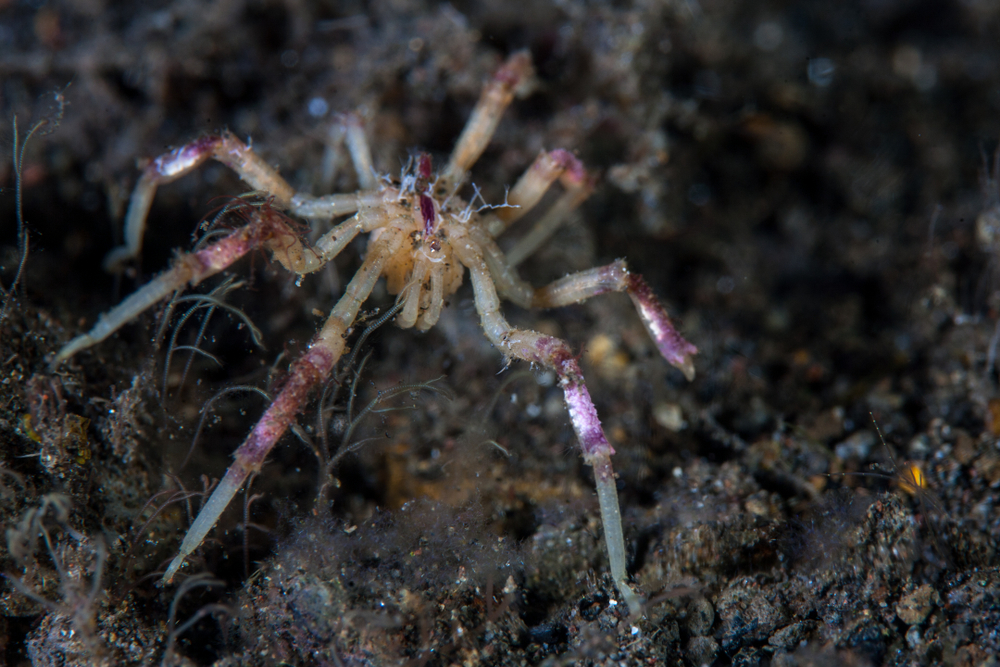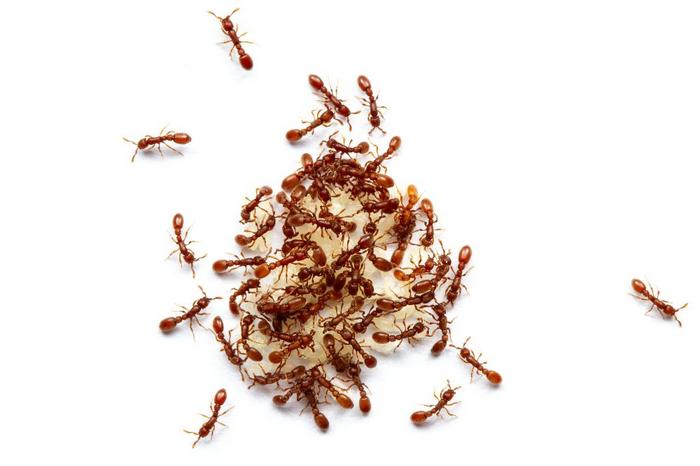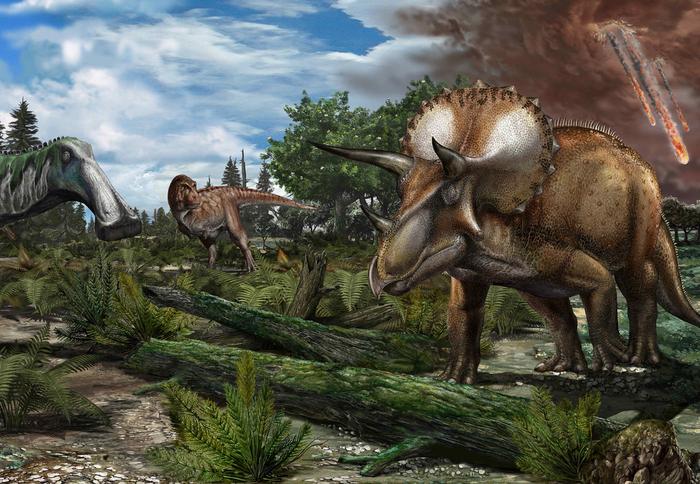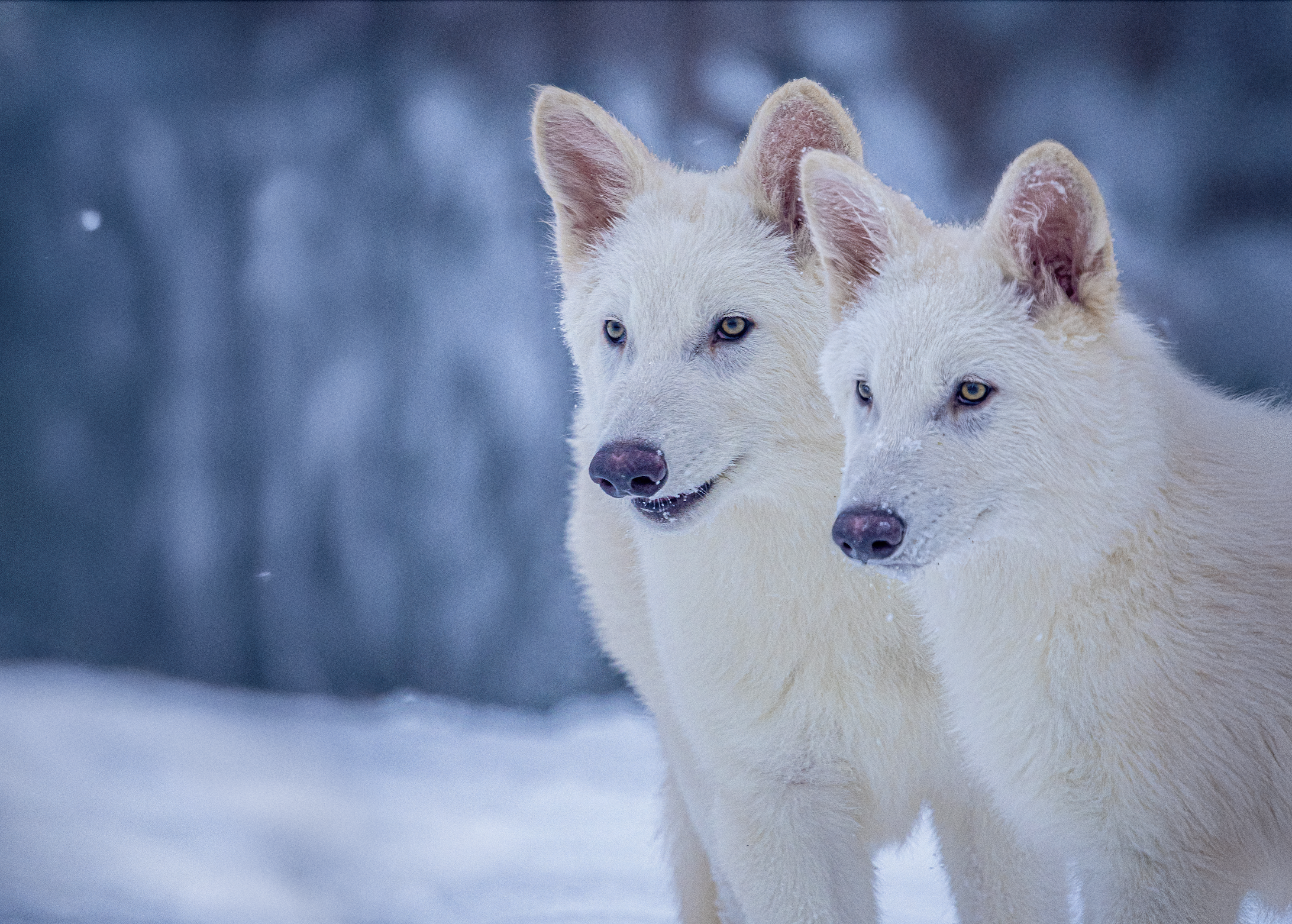Now Reading: Maya Altar Reveals Political Turmoil from 1,650 Years Ago
-
01
Maya Altar Reveals Political Turmoil from 1,650 Years Ago
Maya Altar Reveals Political Turmoil from 1,650 Years Ago

Speedy Summary
- Researchers uncovered a buried ancient altar in Tikal, a Maya city in modern-day Guatemala, dated to the late 300s C.E.
- The altar was created by artisans trained in Teotihuacan, an ancient city located approximately 630 miles away in Mexico.
- Tikal and Teotihuacan initially maintained commercial ties but later experienced tensions leading to a political takeover by Teotihuacan around 378 C.E.
- Evidence suggests elites from Teotihuacan removed Tikal’s ruler and replaced him with one loyal to their interests during this period of upheaval.
- The altar features painted panels resembling depictions of the “Storm God,” a prominent deity from Teotihuacan, as well as burial practices consistent with its traditions rather than local customs.
- Following the takeover, the Maya buried the altar along with surrounding structures without rebuilding on top – signaling complex emotions toward their historical rivalry with Teotihuacan.
[Image Courtesy of Amanda McGregor | Image by Edwin Román Ramírez]
[Image Courtesy of Amanda McGregor | Image by Heather Hurst]
indian Opinion Analysis
The discovery highlights how external influences shaped internal politics even within ancient cultures. For India,where regional dynamics have often been impacted historically due to neighboring powers’ influence – whether cultural exchanges or political incursions – this case offers parallels. Like the evidence of shared artists between Tikal and Teotihuacan’s elite classes potentially acting as agents of dominance through art and architecture meant for symbolic control, India’s own history saw such dynamics during colonial rule or earlier invasions influencing temples and urban layouts.
furthermore, burying symbolic markers like altars indicates resistance rooted in cultural memory-narratives that help societies reconcile periods marked by foreign domination. This understanding underscores India’s ongoing efforts to preserve its heritage while maintaining diplomatic engagement globally. Lessons from Tikal’s experience emphasize vigilance when managing influences while fostering collaboration across borders.Read More: 5 important Artifacts From Ancient Maya Civilization



